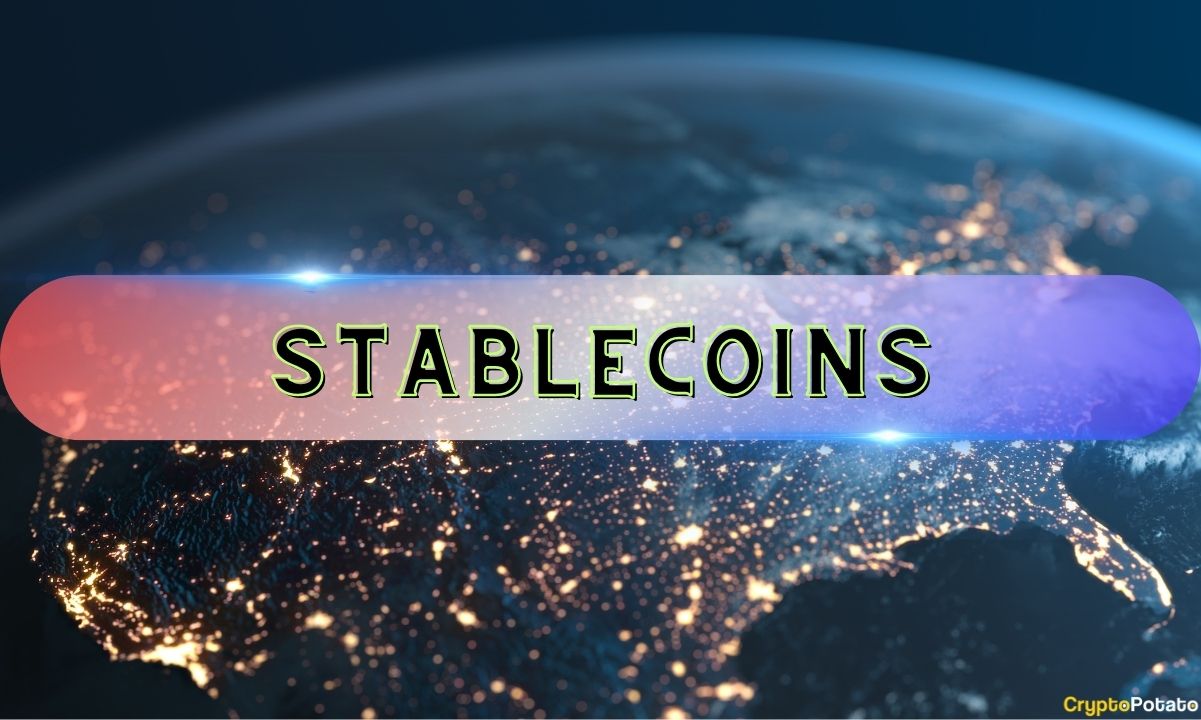
The total stablecoin market capitalization grew by 2.11% in July, reaching $164 billion, according to CCData.
This marks a ten-month consecutive ascent for major stablecoins, with their market dominance increasing to 6.93%.
Tether Reaches New Peak
Tether, the largest stablecoin by market cap, saw a 1.61% increase to $116 billion, setting a new all-time high. This marks Tether’s eleventh consecutive monthly rise in market capitalization.
According to DefiLlama, Tether (USDT) holds nearly 70% of the stablecoin market share. Additionally, the firm reported record profits of $5.2 billion in the first half of 2024 on July 31.
While other major stablecoins like USD Coin (USDC), BlackRock’s BUIDL, and PayPal USD (PYUSD) saw increases, First Digital USD (FDUSD) and Ethena USDe experienced declines in market capitalization.
Among the top ten stablecoins, PayPal USD was the largest gainer, rising 17.9% to $589 million, achieving a new all-time high. On the other hand, USDC now accounts for 73.5% of the market share (excluding Tether) among the top ten stablecoins by market capitalization.
The report notes that trading volumes on USDC pairs on centralized exchanges rose 48.1% to $135 billion, benefiting from the stablecoin’s compliance with the Markets in Crypto-Assets (MiCA) regulation after it took effect in Europe last month.
Overall, stablecoin trading volumes fell 8.35% to $795 billion in July amid struggling activity on centralized exchanges. Despite this, the report indicates a trend towards higher monthly volumes following the launch of spot Ethereum ETFs and the positive sentiment expressed at the Bitcoin 2024 Conference last week.
MiCA Regulations’ Influence
CCData’s report highlights how the recent implementation of the MiCA regulations has raised concerns about the future of Tether (USDT) in Europe, contributing to a decrease in stablecoin trading activity on centralized exchanges.
Under the new regulations, issuers of stablecoins—including asset-referenced tokens (ARTs) and e-money tokens (EMTs)—must be based in the European Union, notify relevant authorities, and submit a white paper for approval.
Meanwhile, larger stablecoins face stricter regulations, such as a cap on daily transactions and the requirement that 60% of reserves be held in cash deposits across multiple banks for greater stability and security in the market.
Stablecoins such as Circle’s USD Coin (USDC) and EUR Coin (EURC) have already complied with these requirements, leading to increased confidence and trading activity.
The introduction of MiCA regulations has undoubtedly reshaped the stablecoin landscape in Europe, with compliance becoming a key factor for continued market participation and growth.
This article first appeared at CryptoPotato
